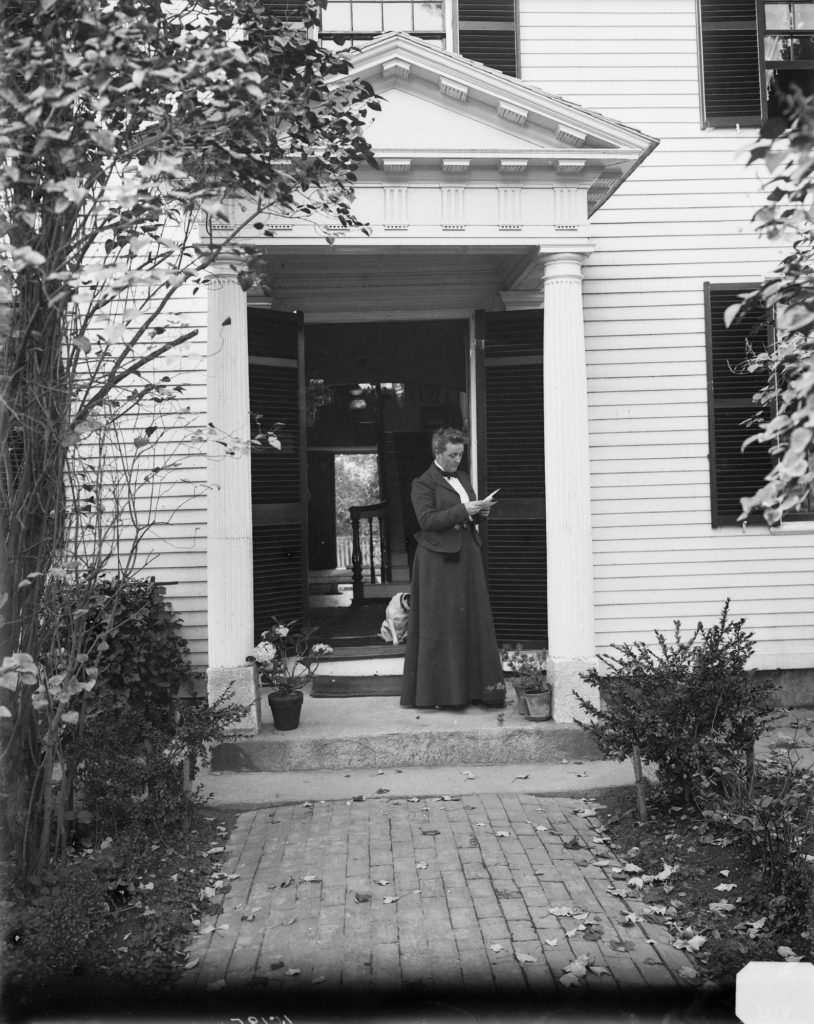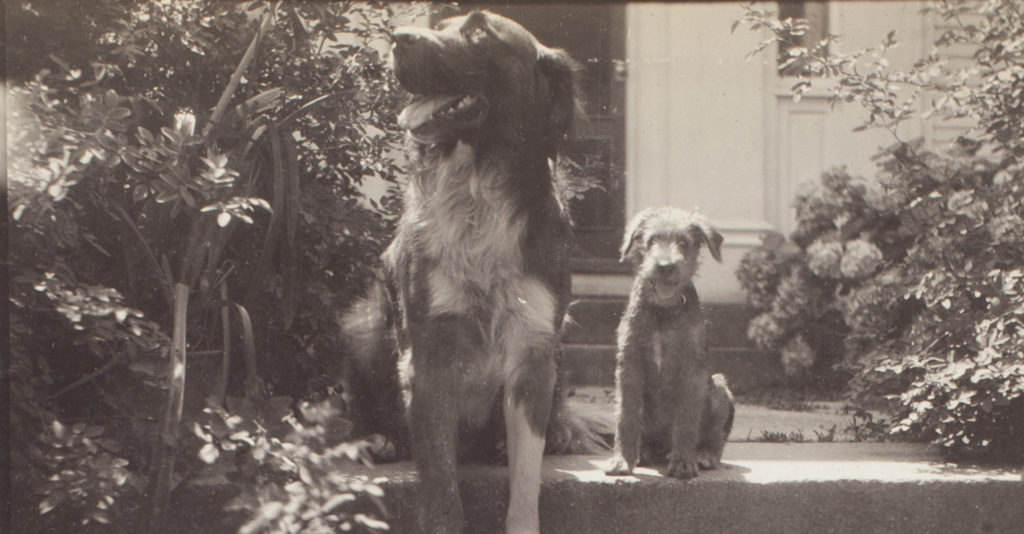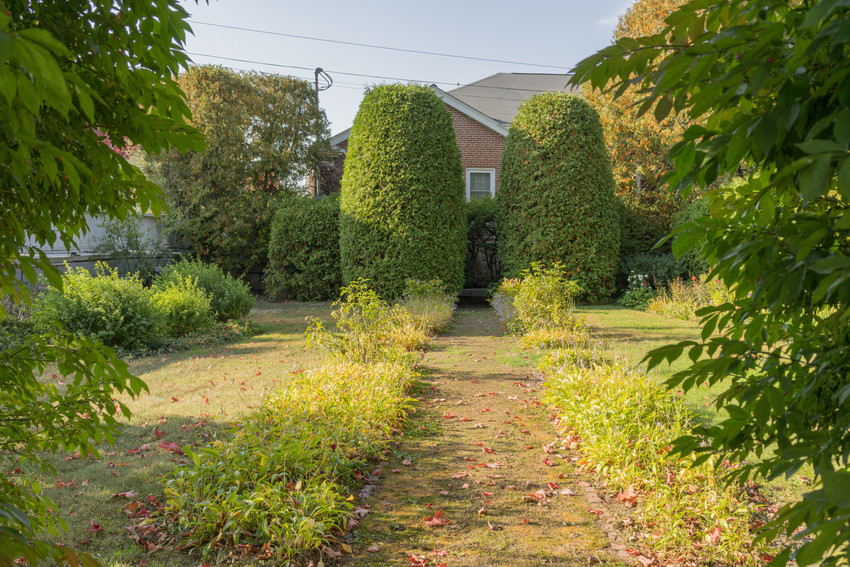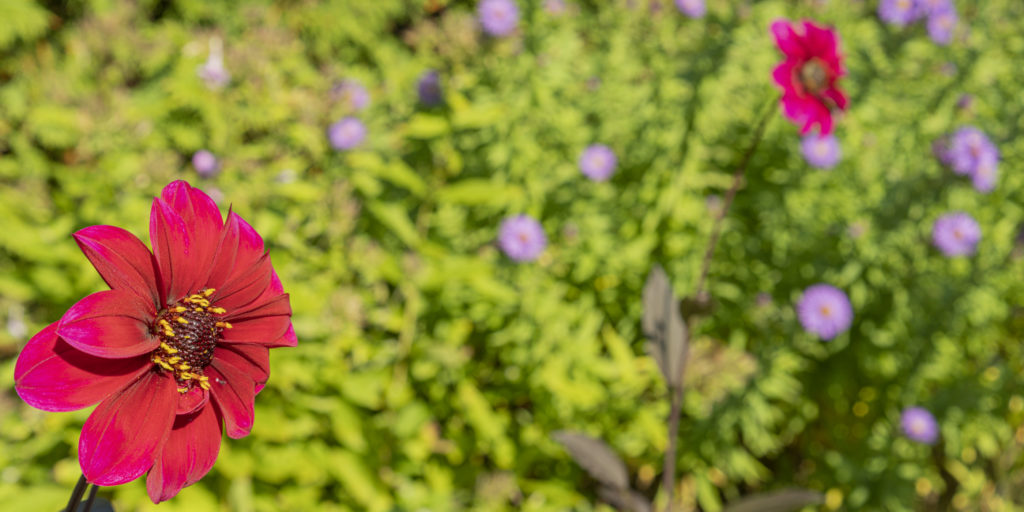 Sarah Orne Jewett House
Sarah Orne Jewett House
At Home
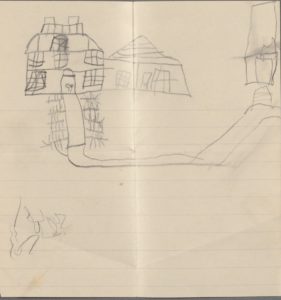
Sarah drew this picture of her beloved home as a young child. The house was a continuous presence throughout her life.
As an adult, Sarah spent most of her time at the house writing, but that did not preclude a lively atmosphere in the home. On a given day, Sister Mary would be busy running the household, going over menus with cook Katy Drinan and seeing to the garden. Staff member John Tucker might come in to advise the sisters about which horses needed driving or the firewood supply. Hannah Driscoll might be singing as she worked in the kitchen. Dogs might be running about, upsetting a resting cat and creating mayhem. Nephew Teddy might come in from his house next door, looking for a partner in his imaginary game or sharing with his aunts some success at school. There were visits from Boston friends and friends from town. There were calls to be made on neighbors and by horseback to the elderly Barrell sisters in York. There were letters to write, and for Sarah, best of all, books to read.
Domestic Staff
The Jewett family retained a small staff: one or two women for housekeeping and cooking, and a man for general purpose work, such as household maintenance, care of the horses, and driving. Sarah Orne Jewett’s letters to family and friends make mention of staff members with affection and the family-staff relationship appears to have been a comfortable one.
In a few cases, Jewett domestic staff stayed with the family for decades. This would have been unusual in an era when workers were drawn to cities and to mills for job opportunities.
Animal Companions
Sarah Orne Jewett had a great fondness for her companion animals. The family had horses, dogs, cats, and birds. In letters, Sarah and her sister Mary share messages of concern and assurance for their animal companions and their well-being. In her published work, Jewett’s narrative description shows her affinity for them.
